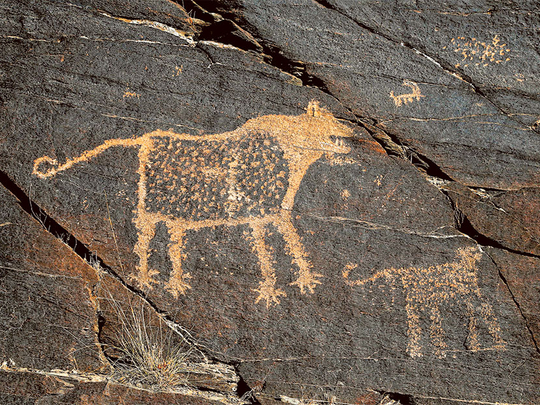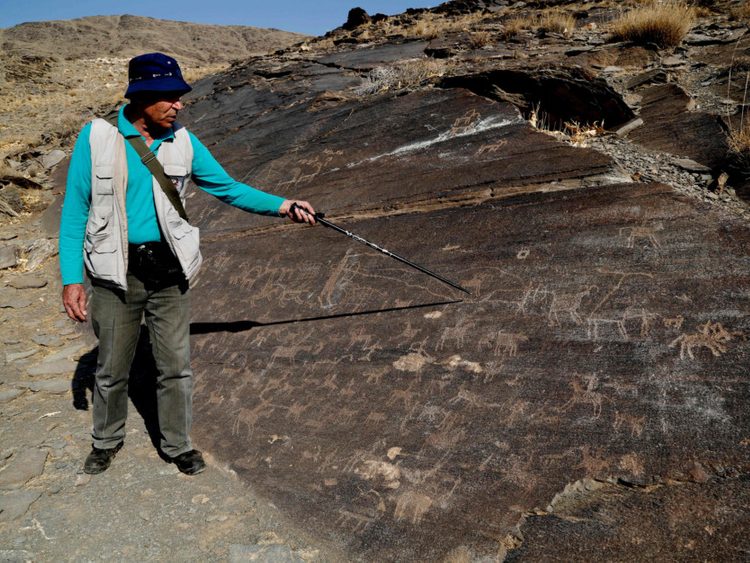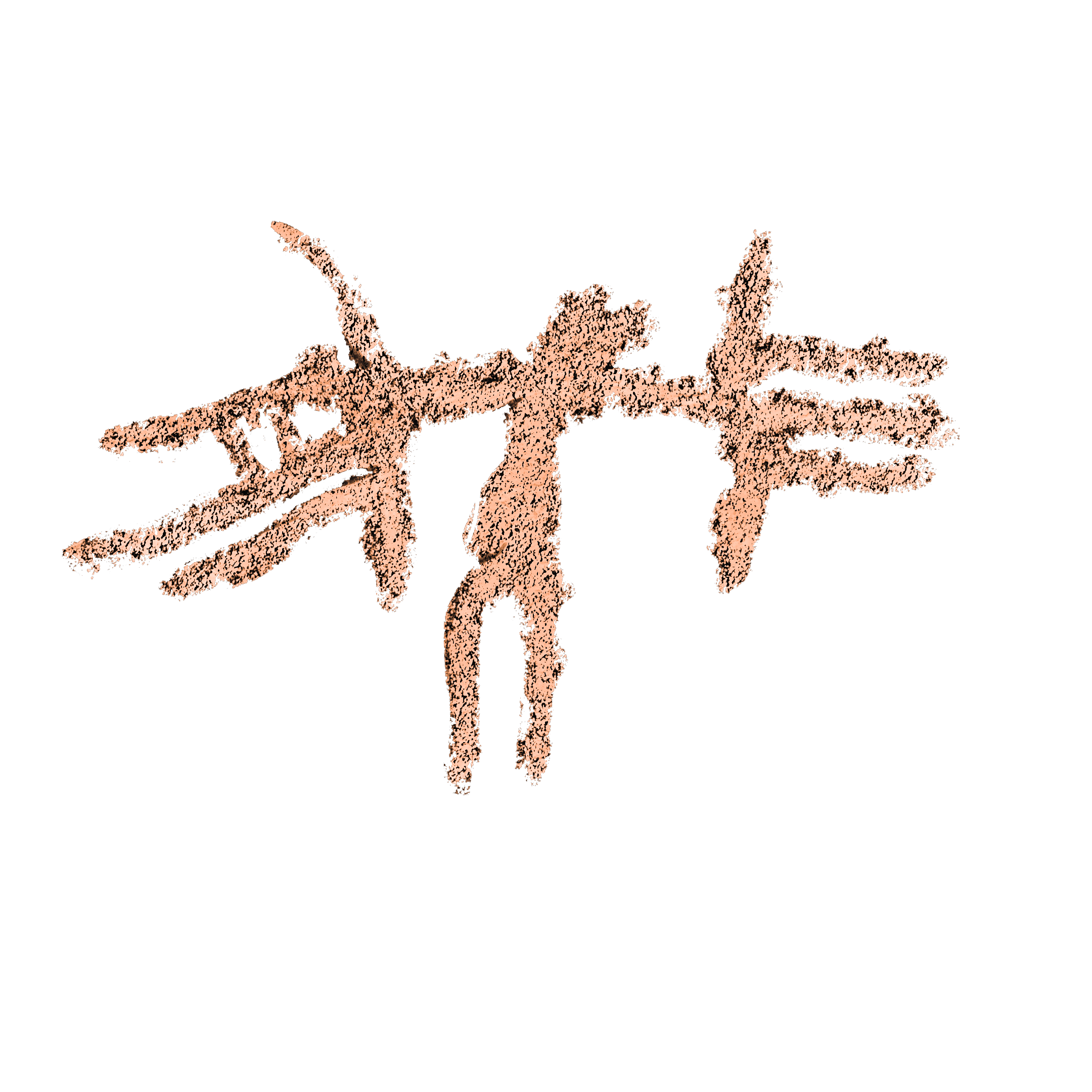One archeologist’s quest to uncover ancient rock art that could be among the oldest in the world
Khomein, Iran: An Iranian archaeologist has spent years in an almost single-handed quest across the country’s hills and desert plains to uncover ancient rock art that could be among the oldest in the world.
Despite its rough beauty, it is hard to imagine that the desolate, rock-strewn landscape outside the town of Khomein in central Iran conceals any treasures.
But Dr Mohammed Naserifard scrambles up a hillside, and waits eagerly at the top, his walking stick pointing out the long curled horns of a 4,000-year-old ibex deer scratched into a flat stone.
Over the next few hours, he leads AFP on a journey through valleys and up steep slopes, revealing dozens more images of ancient hunters, tribal dances, deities and beasts.
Despite their potential world-historical importance, they have been seen by just a handful of people.
All are thousands of years old, but some of the markings – such as a line of cup-marks that may have been used in religious ceremonies – could be much older.
Dutch enthusiasts who visited the area with Naserifard in 2008 dated the cup marks to more than 40,000 years ago, putting them among the oldest rock art on the planet.
Rock art has never been a priority in Iran, where pre-Islamic history can be a controversial subject.
It has been left instead to Naserifard’s personal determination.
Having read about the subject in a German magazine, he hunted everywhere for examples.
Then one day in 2002, in the hills outside Khomein, he got lucky.

Ancient ibex engravings in Khomein town.Image Credit: AFP
“We were on a picnic and all my friends were taking an afternoon nap. I went wandering and observing the rocks in the valley and I found a rock full of shapes,” he recalled.
“I was so excited! Finding these works was like finding a treasure.”
He estimates he has since travelled more than 700,000 kilometres (450,000 miles) across two dozen Iranian provinces, unearthing some 50,000 ancient paintings and engravings.
Naserifard’s discoveries support the growing evidence that humans may have started to develop a common art tradition before leaving Africa, which might explain why the same themes and shapes have turned up in sites as far-flung as California, Spain and South Africa.
The Khomein hills are typical of rock art locations around the world – a once-fertile riverside spot that supported sizeable settlements.
As in other places around the world, the artists were fixated by a single image: in Iran, pictures of the ibex deer account for more than 90 percent of the ancient engravings catalogued by Naserifard.
The Kozo hunters of South Africa obsessively drew and redrew a big-horned sheep that looks surprisingly similar.
“We don’t know why they picked a favourite motif and ran with it, but we see the same pattern in very different places,” said Peter Robinson of the Bradshaw Foundation.
He said the ibex may have been part of an origin myth, or perhaps the engravings were an attempt to summon magical hunting powers or encourage the deer to multiply.
“The similarities across time and space can be eerie. We see examples in which Ice Age art didn’t vary across 30,000 years,” said Robinson.
“But one thing that seems clear is this innate human characteristic to want to mark a wall, to graffiti.”

